Life's A Pitch - What 17 year olds should know about pitching their business (Part 2 of 2)
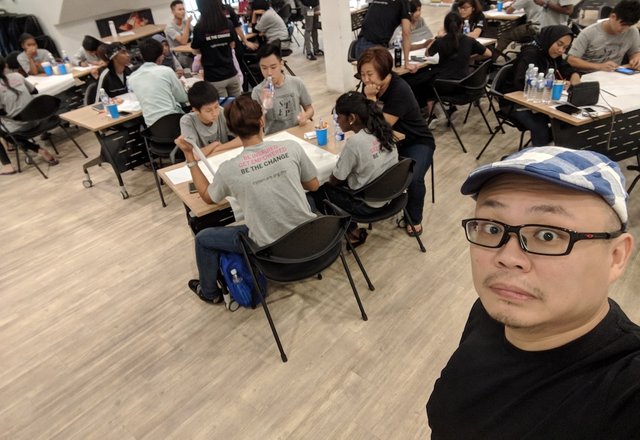
If you missed yesterday’s post, here’s where you can get it.
When I first wrote this, I didn’t know it would end up being this long. The talk and activity with the underprivileged kids only look 2 hours max (and I was sitting at the back towards the end just watching them do their work!). Little did I know in the process of writing this, I am not only recounting what I taught, but I realised the audience reading now (yes, you) and the kids were different. I also realised I went more in-depth in the post that during the session, hence the length.
IS THE SEQUENCE THAT IMPORTANT?
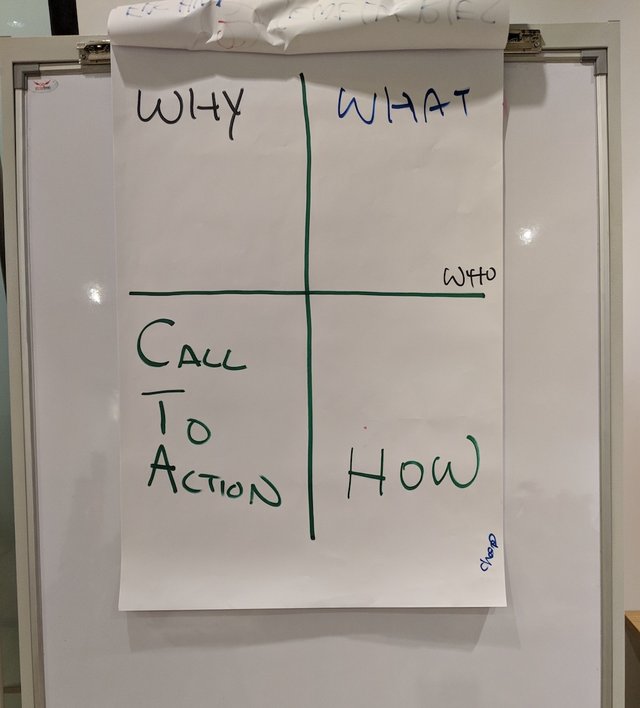
So someone asked me if the sequence of the questions - WHY > WHAT > HOW > WHO - are important, and my answer is “VERY YES!” Regardless of who you have in the room, starting with the big question of WHY to lay out the purpose is critical, because it puts everyone on the same page. You wouldn’t want to go through your pitch halfway to have someone gingerly put up their hand and ask “Dude, what are we talking about here?”
So the WHY sets the context and the purpose right, which makes perfect sense to start with. However depending on the awareness of the audience on what you are pitching about, you may want to alter the length off this section. The more familiar they are, the lesser time you need, vice versa.
Usually, the specific and mechanics will follow, which is the WHAT and HOW. But sometimes, on very, very rare occasions, the moment you mention the WHY, the audience would jump immediately to the CTA (Call-To-Action). That’s because you really nail the problem so well that they don’t care about the details anymore, and just want to get what you are offering.
But like I said, those are very rare, and it’s better if you prepare the WHAT, and the HOW, which we are moving to in a bit. Specifics should always come before Mechanics because you need to lay out the features before showing the strategy. Again, if the audience is already aware of the features, then you can cut short the WHAT and jump into the HOW.
HOW - THE QUESTION OF MECHANICS
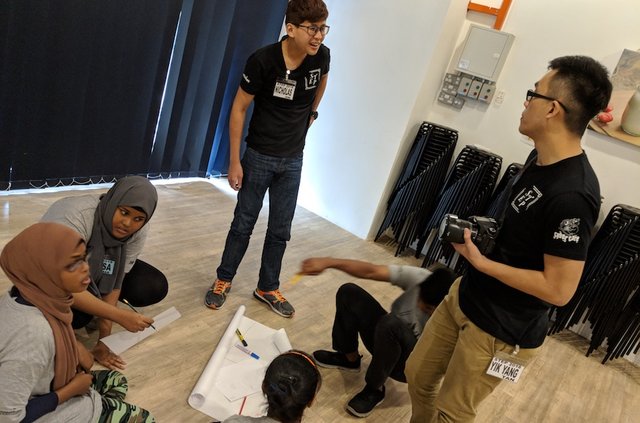
So you’ve sold them the WHY, and you show them the WHAT, the next natural question your audience will ask is HOW. Frankly, in my experience, if you get the first two right, your audience would be dying to know the HOW. Your WHY would have caught their attention, and your WHAT follow-up would have enticed them with the specifics. It’s like you have show them that there’s a pot of gold at the end of the rainbow, and they want to know how you plan to get them over.
Back to the three cases earlier:
- Investor - This is how our business model will work across different countries.
- Hiring Manager - This is how I will increase your sales figured by next quarter.
- Dream Girl - This is how I will take care of you for the rest of your life. (BS? Sweet Talker? Haha, you’re probably right.)
When talking about the HOW, you need to talk about the process of your solution, and perhaps even the financial sense of things. An investor would like to know how you plan to use the funds you’re raising from him or her, whether it’s to channel into product development, business development or marketing expansion. This is where your strategies come in, along with your game plan.
Beware, this is also where your pitch can be picked and torn apart. If you did not prepare this section well, and a hard question came in and challenge your facts and figures, you better start thinking on your feet. Fast. Those in the audience who like to analyse numbers and pry over strategies would try to justify your info and plan, which is where you and your team’s track record comes into play. Remember, don’t get intimidated by them, because they are not intentionally trying to make it hard. Those who ask the HOW are usually from the finance and operation background, and it is because of their love for details that makes them so good at their job.
Worry not. I will cover a few Q&A techniques further down, to help you buy time when a hard ball comes your way.
WHO - THE QUESTION OF CONNECTIONS
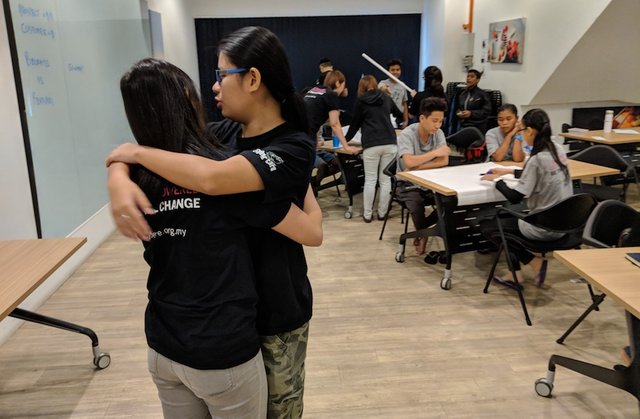
Sometimes, I will put this section further up, perhaps before the HOW. Here is where I mention the team and their track records, what we have done and accomplished over the span of our career. This will give credibility and trust, and if you’ve got a team member, or yourself, who used to work with a big brand name, by all means, mention it here.
The WHO can also refer to another different area of your pitch all together - your target market. Who are your target customers? What are their demographics and psychographics? What’s the market size like? How’s their spending power? What are the other brans they have affiliations with?
The better you know your prospects and customers, the more likely you are going to win the audience over. Well, let’s see how:
- Investors - This is who we are selling our services to.
- Hiring Manager - I’ve got connections with those in this industry, and that's just a phone call away.
- Dream Girl - Ask questions like “Who do you love and respect most in your life and why?”, “Who are your heroes?”, “Who are your best friends?”, “Who do you want to be when you grow up? (Assuming they are still very young)"
Oh yeah, there’s another version of WHO questions, which is directed at the audience themselves! Let’s face it, you got a short span of time to impress and win them over, so if you do your research right, you can show them what they want to see, tell what what they want to hear, and make them feel what they want to feel. Stalk their background. Ask their colleagues and connections. Be honest and ask them directly, “What do you want to see from my pitch?” It shows that you value their time, and you want to make it worth it.
CTA - THE CLOSING QUESTION
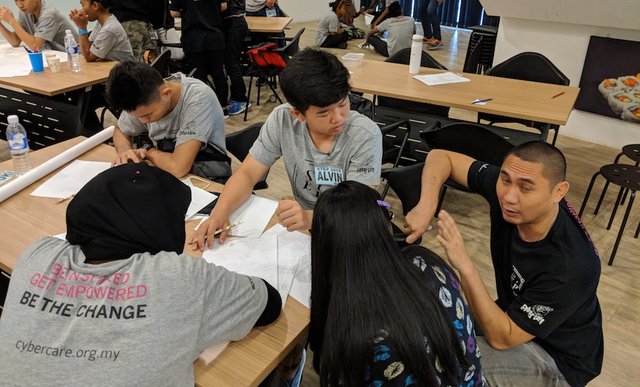
You’ve certainly came a long way, but sadly, without this last section, your pitch is going to be anticlimactic. You’ve set ups all the right cards and flip them at the right time. You’ve handled those hard ass questions. And now is your time to go in for the close.
In your pitch, if there's ever a line you want to memorise, it better be your CTA. This one requires you to go in almost flawlessly - a small flinch would show that you’re hesitating, a pause would show you are not sure, a break of eye contact would show your lack in confidence.
Use an active voice, and ask:
- Investor - What would be a good time for us to go through the term sheets? Is Tuesday or Wednesday better for you? (The first question is called an assumed close, because you are already talking about the steps to be taken AFTER their agreement, even if they haven’t given you. The second is called the alternative close, because regardless of what day they chose, you win.)
- Hiring Manager - How soon can I start?
- Dream Girl - So when can I bring you to the cafe we talked about earlier? The one you were so excited about? Tomorrow or the day after?
Q&A - THE QUESTIONS AND ANSWERS
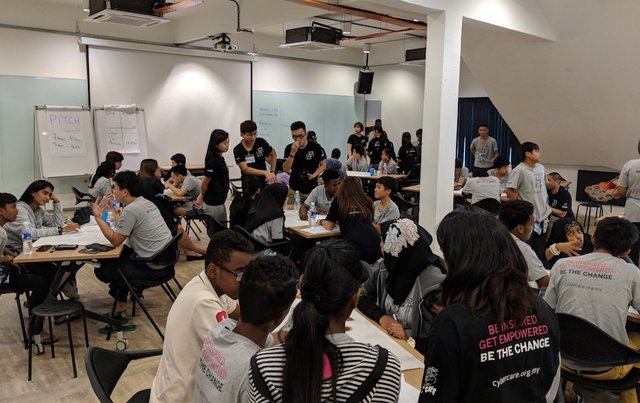
In any pitch or presentation, always buffer time for Q&A. If you are given 5 minute, finish your pitch in three, and have the Q&A in two. Trust me, a good Q&A can determine if you're gonna get the deal, and of course how you handle them will also separate you from the amateurs.
Here are a three common scenarios:
#1. No one asks a question
Either they are mindblown by your pitch, which is a good thing, or they are just dumbfounded, and they don’t know what they just heard, which is a bad thing. The trick I learned over the years, is to engineer your own Q&A. So, after a few seconds of silence, you can start by “The question investors always ask is…”, or “The question we are always asked when we pitch this is…”
This is good for one simple reason: whoever controls the questions controls the conversation. Plus, by you asking your questions, you will make them feel psychologically that they were the ones asking the question.
#2. You get a question you don’t have an answer to
Let’s face it, you cannot have all the answers on your finger tips. Sometimes you were just blinded sided, or the party you were pitching to had priviledged info that you don’t.
In these cases, come clean and say “I do not have the answer right now.” But don’t stop there. Use this as an opportunity to demonstrate accountability and maybe even go for a condition close.
“…but if you give me 24 hours, I can get the answers from my team. By the way, do you have any other questions that I can ask them as well?” - this is to demonstrate accountability and also to shift the focus away from the ONE question you cannot answer, to others that you can.
“So, if I can get you the answers to these questions, can we agree that it’s a green light?” - this is the conditional close, where you set up the condition where if you met it, i.e. answer their questions, the deal will be sealed.
#3. A question was asked in a negative tone
Here’s your cue to get defensive… NOT! Never start an argument when you’re pitching, because even if you win the debate, you may lose the deal.
Questions in a negative tone can be like, “Oh, you are so expensive.” Or “Your team is too young!”
The key to handle this is to always paraphrase it into a positive tone. Following the previous example, say something like “A lot of our clients think that our fees are higher than the others, but the moment they see what we bring to the table, some of them even felt we've undercharged them!”
This statement does a few things.
- Instead of the word "expensive", I am trying to get them to see the value of my solution.
- By mentioning clients, it affirms with the prospect that I already have existing clients, providing social proof that my solution works, or at least desirable.
- The last part is to end the statement in humour.
The key to effective Q&A, is to be prepared. Think of all position questions that will come from the audience, group them into categories, and have answers for each of the “groups”. The reason for grouping is because over time, you will realise that most of the questions they ask are pretty similar, which means you can have the same answer for the same group.
SO ARE YOU READY FOR THE PITCH OF YOUR LIFE
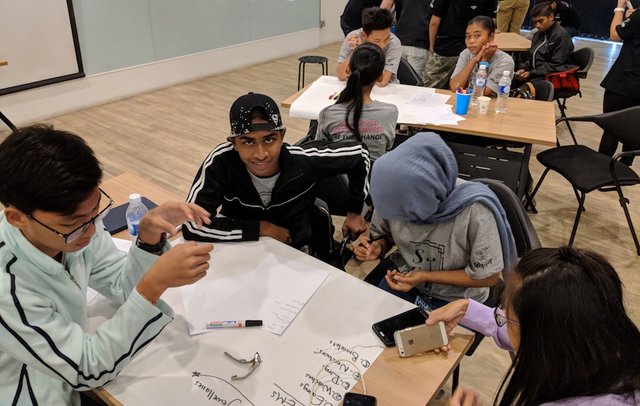
So there you have it. Over the years of pitching and presentations, either me doing it first hand, or watching the pros do it, I cannot break it down to a framework more fundamental than these.
As a matter of fact, don’t try these yet. Instead, the next time you see a good ad, or a solid pitch, run a check list to see if they covered all these areas, and your observation would probably prove that this works. And mind you, I did not invent these power questions. If you looked at the greatest pitches of all time - MLK, Steve Jobs, Elon Musk’s, or even US presidents - and you will see that they have answered all these questions well during their speech.
And the rest, they say, is history!
Hi there! Thanks for stopping by. I mostly blog about Steemit Success Strategies, business, marketing, entrepreneurship, psychology, community and random thoughts.
Talking about Steemit Success Strategies, if you want to 10x your results on this platform, perhaps some of these guides will be able to help you.
- How to generate at least 365 post ideas for your Steemit Life (and possibly never run out of ideas again!)
- The 4 Big Cs of Steemit Success
- 8 Content Strategies to Excite & Engage your Steemit Followers
- 29 Steemit Post Types to Attract More Followers & Boost Your Popularity (Part 1)
- 29 Steemit Post Types to Attract More Followers & Boost Your Popularity (Part 2)
- Copywriting Magic for Steemit: "How To" Post Titles
- Copywriting Magic for Steemit: "List Type" Post Titles
- Steemit Success Strategies #1 - The Law of Requisite Variety
- Steemit Success Strategies #2 - Batching + Parkinson's Law
- Four + Four Free Tools to get more exposure for your Steemit Projects
- How to apply the 80/20 rule to your Steemit Life
- Steemit Experiment Report: 21 days, 21 minutes, 21 posts later, PLUS an 8-Step Guide on How to Write a Steemit Post every day under 30 minutes
- Case Study on Bid Botting - A Steemit Bootcamp follow-up module, a cheatsheet and why I probably won't use it
At least once a month, I run Steemit community events and training workshops with my buddies at #teammalaysia too. Some examples are:
- Steemit Bootcamp March 2018 - KICKSTART Your Steemit Success
- BoilerRoom 03.03.2018 | Let's Huddle, Hustle & Hack Out Awesome Steemit Contents!
I'm also grateful to be part of #steemitbloggers , SmartSteem and the sndbox.


Animated Banner Created By @zord189

Wait, why's Mav posting on Steemit nowadays?
Well, unlike other blogging and social media platform, Steemit is the only platform that allows me to earn cryptocurrency when I engage with it. Yup, one Steem is about USD5, and you, too, can earn Steem Dollars every time you:
- Create content (articles, blog posts, podcasts, videos, photos)
- Upvote (like) other people contents
- Comment on other people's posts
- Have discussions, share opinions etc!
Yup, basically it's the very same thing you're doing on Facebook, Twitter, Instagram etc all along!
The only difference? For once you can earn a nice income on the side!
Sign up for a free Steemit account, and you can thank me by coming back and upvoting this article. And guess what, you will earn Steem too for doing that! #awesome
I have to try the "dream girl" pitch lol. Thanks.
Let me know if it works :)